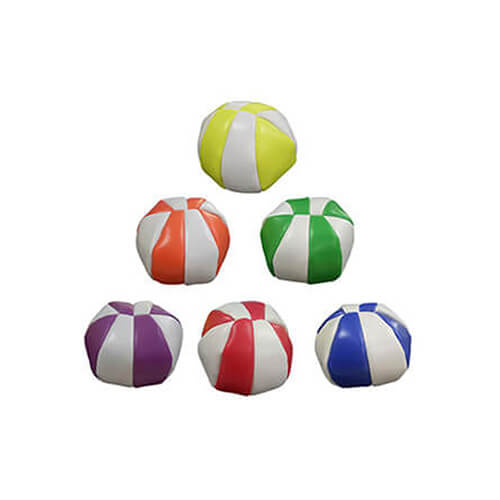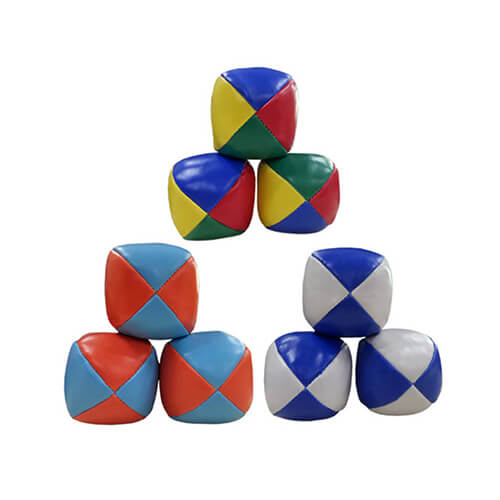 admin
admin
 Mar 27,2018
Mar 27,2018

By adjusting the structure of the “white matter” of the brain, juggling enhances the connections between the different parts of the brain. This discovery may become a new therapy for people with brain injuries.
White matter describes most areas of the brain that contain most axons, the growth of nerve cells that connect different cells. It can be expected to learn a new one, complex tasks such as juggling should strengthen these links, but previous work looking for people who have learned how to play with brain changes only studied the increase in gray matter, which contains the body\'s nerve cells.
Now, Jan Scholz and his colleagues at Oxford University have found that juggling has also changed the problem of Caucasians. They juggling 24 young men and women with training kits and letting them practice for half an hour a day for six weeks. Before and after this training period, the researchers scanned the juggler’s brain and 24 people who did not do juggling, a technique called diffusion tensor imaging was used to reveal the structure of white matter.
They found that the non-juggler\'s brain didn’t change. But these jugglers have grown more white matter in the top part of the parietal lobe - this area relates to the way we see movement.
All the jugglers saw the same transformation, no matter how they perform. This shows that the learning process itself is important for brain development, not how good you are.
Juggling matters
Arne May of the Eppendorf University Medical Center in Hamburg, Germany, led the previous research on juggling and gray matter. Found that this result is “obsessing.” “This shows that learning skills is more important than exercising the skills you are good at - the brain wants to confuse and learn new things,” he said.
Like May, Scholz\'s team found that the grey matter increased, but the size and time differences of the gray and white matter changes indicate that they are independent. Despite this, Scholz believes that both may need to learn how to play.
“More white matter itself may mean that you can move more quickly, but you need something gray to make sure your hands are in the right place,” he said.
Don’t use it, don’t lose it
Four weeks later, the team scanned the juggler\'s brain again, but there was no juggling. They found that the new white matter has stagnated and the amount of gray matter has even increased. This may be why, when we learn a new skill, no matter how long we last practiced, we have retained some of our abilities.
“It\'s like riding a bicycle,” Scholz said. “You can play or you can\'t play. Learning requires a lot of training, but once you click, you won\'t forget it.”
Scholz also hopes that it is possible to develop a juggling training program to help people with brain injuries. Or further research into how juggling changes the structure of the brain may lead to discovering drugs that can enhance this plasticity. “If we can use training or drugs to help stroke patients recover their damaged parts of the brain, it would be great,” he said.
After watching so many juggling benefits, have you move your heart? Our previous article has said that the first step of juggle beginners is to choose the appropriate juggling equipment. Such as juggling ball, diabolo,hacky sack and kendama.

